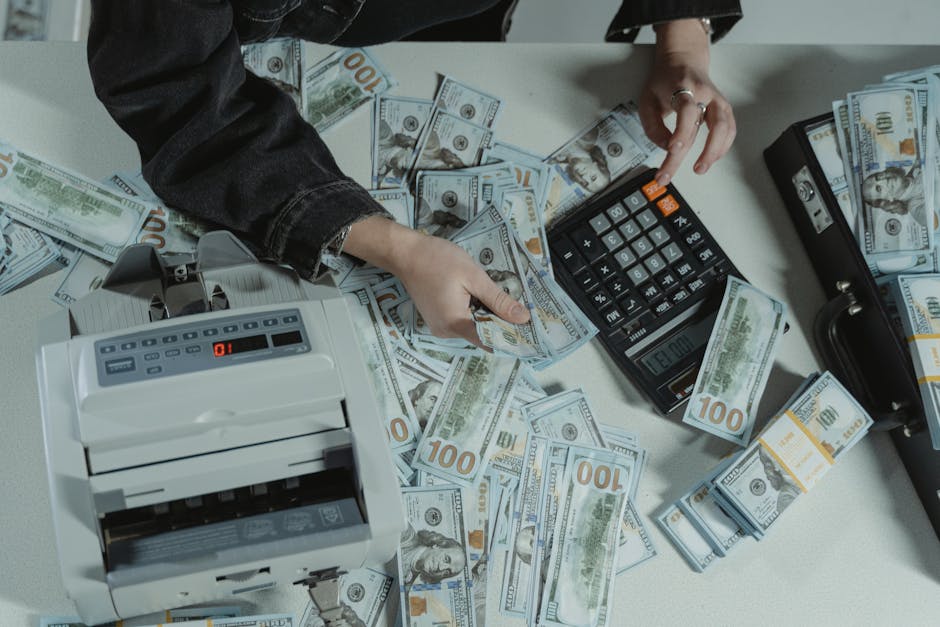The AAR chip converts classical data into quantum representation which in-turn enables other auxiliary chips to implement logical reverse computing and quantum applications. Essentially the AAR chip in conjunction with a mesh of boards, auxiliary chips and circuits can soon enable an electronic circuit such as ones embedded within everyday devices to process, store and manage data using reversible chips and quantum mechanical principles. The AAR and its auxiliary chips may be seamlessly integrated as an add-on across classical interface to achieve LRC without upgrading the inline computing, technical or electronics infrastructure. Traditionally LRC restricts itself to a zero-energy sum computation gate however, the AAR amalgamates quantum mechanics and LRC to achieve multi-swap gate processors that process quantum
representations of classical data input.
Research teams lead by Dr Ankur Srivastava at the Technical Excellence Centre, National Scientific AI and Technical Systems Ltd have recorded this breakthrough and are now working to optimise this for generic, critical, and embedded deployment. The team is currently working to release the AAR chip and auxiliary boards that will result in a process-less processor. This achieves LRC as the mesh of chips can detect an input from an output and vice versa without a traditional processor and breaks free from Moores law as it deploys quantum logic but operates in the classical realm.
Dr Ankur Srivastava further clarified that this release should not be confused with thermal reverse computing. As of now we can confirm that logical reversible computing has been achieved and we are on the long path to achieve total reverse computing. This milestone will serve as an off chute to generate a product line as it is an exciting discovery that allows classical data to be treated using quantum logic.
National Scientific AI and Technical Systems is working towards releasing the AAR chip with auxiliary chips so that they can be embedded with existing workflows to derive real world applications of compression, encryption and processing. Limited demonstrations will be showcased to interested stakeholders in Q2 of 2023.
###
